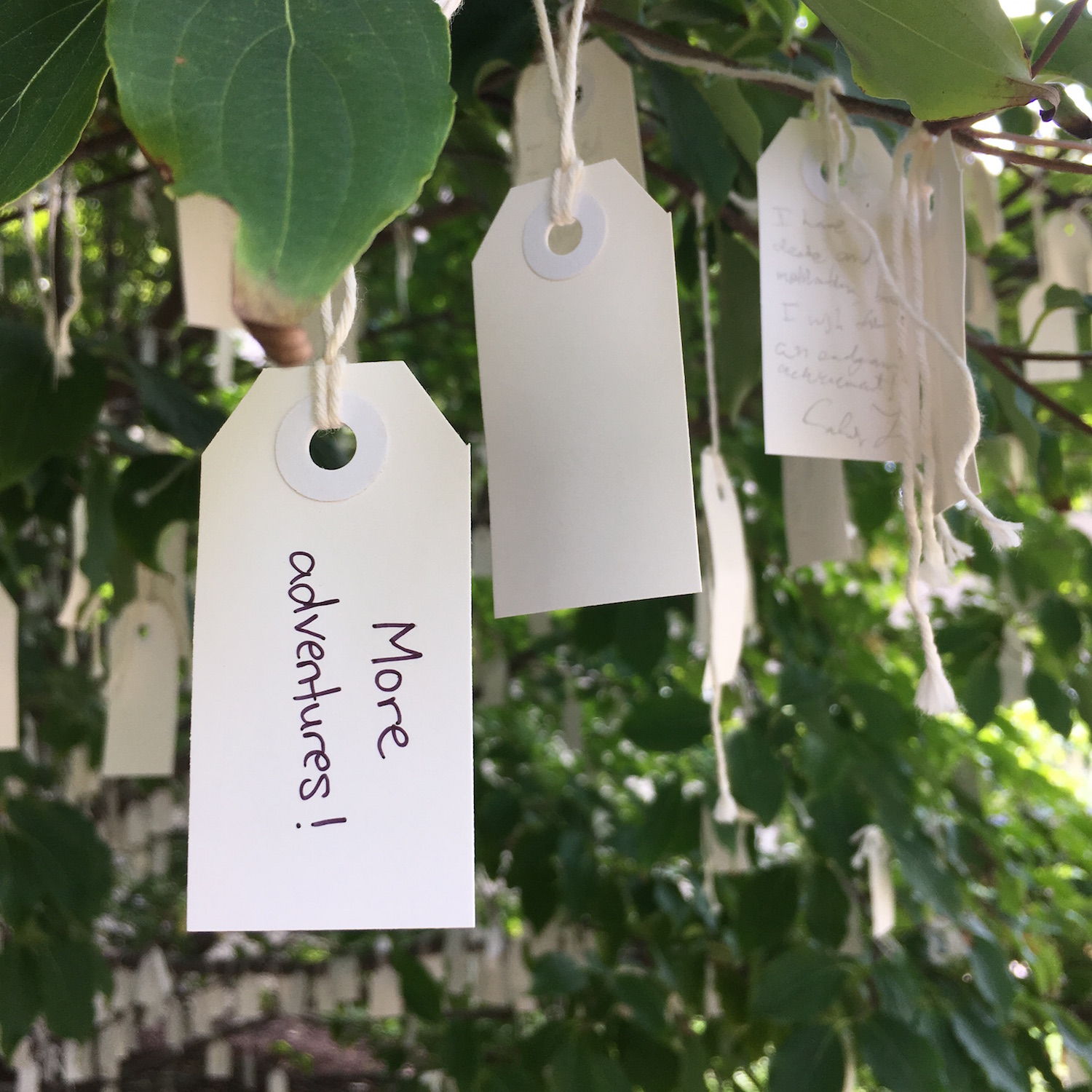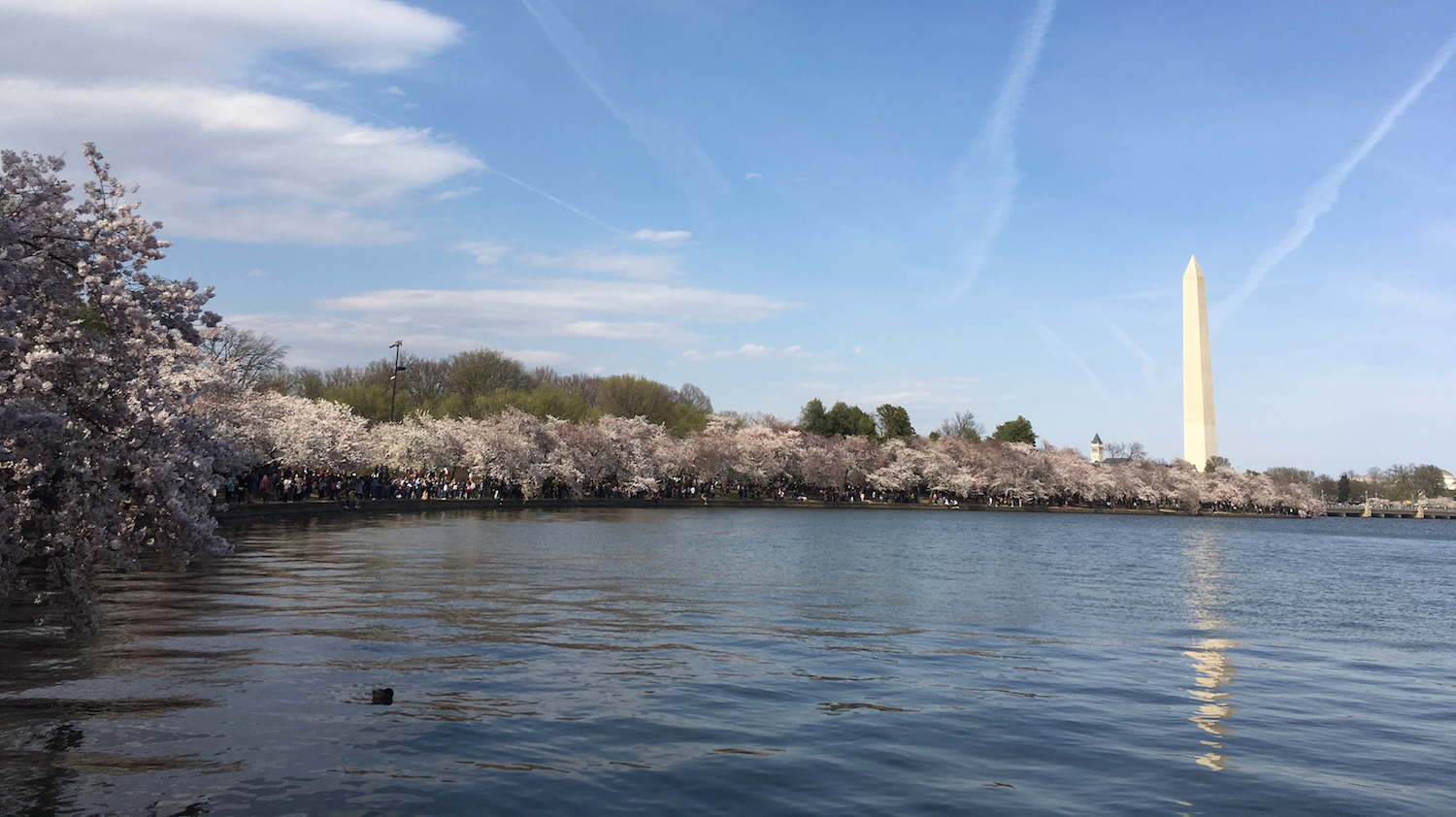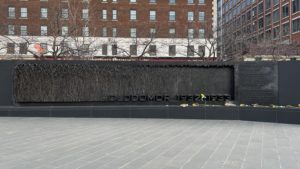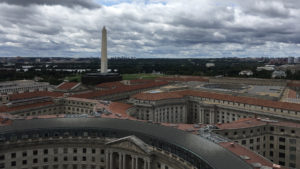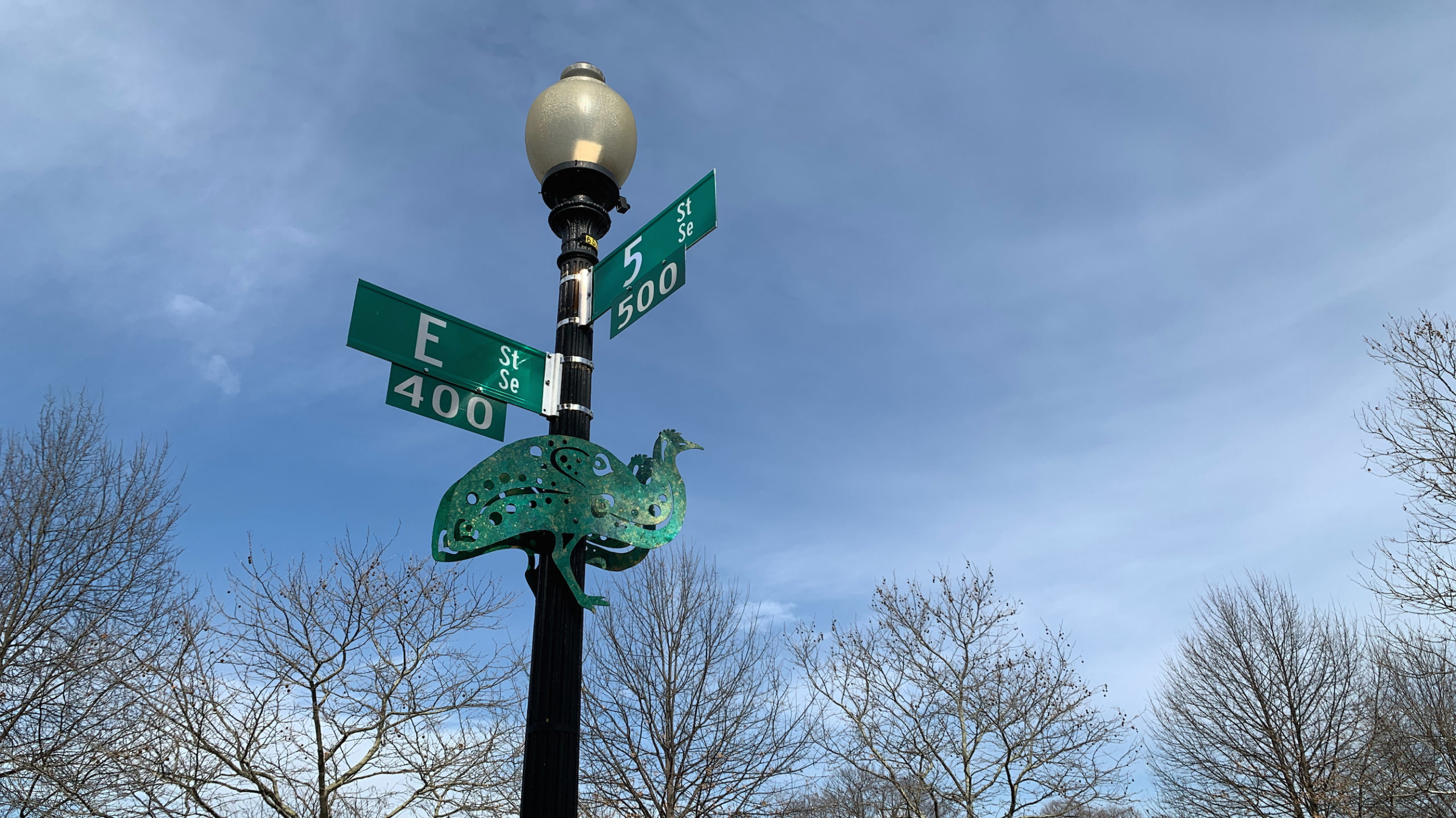Cherry Blossom Festival
DC's Cherry Blossom Festival celebrates the annual blooming of the cherry trees around the Tidal Basin
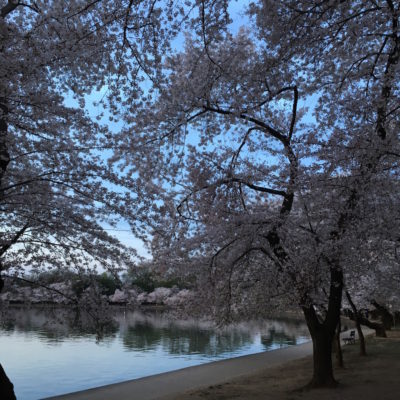
The annual Cherry Blossom Festival celebrates the gift of thousands of cherry trees to the United States from the mayor of Tokyo in 1912. The first trees had to be destroyed due to an insect infestation, but Japan sent another 3,000 trees two years later. The festival is a celebration of the friendship between the United States and Japan, and includes many cultural and community events. The stars of the festival, however, are the thousands of Cherry Trees that bloom around the Tidal Basin. A few of the original trees remain, while the others are descendants of the trees gifted from Japan.
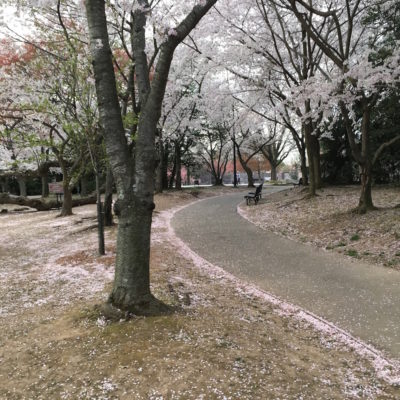
Despite the explosion of pink around DC during the Cherry Blossom Festival, the majority of the trees around the Tidal Basin are the Yoshino Cherry variety, which are white. The Akebono Cherry trees have pale pink blossoms that bloom at the same time as the Yoshino trees; these are mixed among the trees around the Tidal Basin. Other lovely varieties can be seen before and after the popular peak bloom period. The Weeping Cherry trees are incredible, and bloom about a week before the Yoshino trees. The Kwanzan Cherry trees have large, pink blossoms that look a little like roses; these bloom a few weeks after peak bloom. You can learn more about the types of cherry trees around the Tidal Basin and find a map with the locations of each variety of tree on the National Park Service website.
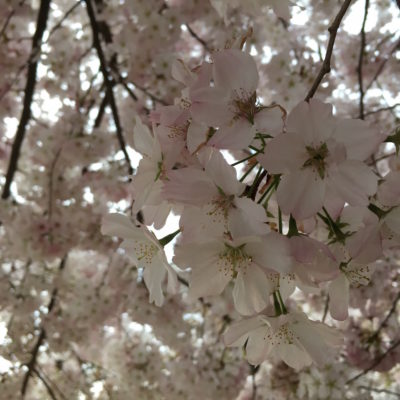
One of the magical aspects of the Cherry Blossom Festival is the unpredictable and ephemeral nature of the blooms. The peak bloom period is dependent on the weather both to determine when it will start and how long it lasts. Although the average peak bloom date is April 4, the earliest recorded peak bloom date was March 15 and the latest was April 18. Once the trees reach peak bloom (when 70% of the trees around the Tidal Basin are in bloom), they can blossom for up to 2 weeks, or as little as a few days. Cold snaps, rain storms, and wind can all delay or shorten the blooming period. Follow the National Park Service’s Bloom Watch to keep up to date on the progress towards peak bloom and to learn more about the different bloom stages. When the green leaves start to push out the blossoms, the Tidal Basin becomes snowy with blossoms floating through the air and blanketing the ground. This is the beginning of the end for the cherry blossom season.
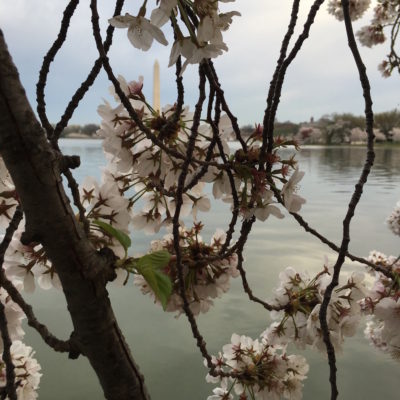
Although some locals recommend avoiding the Tidal Basin during the Cherry Blossom Festival because it is too crowded or cliché, I strongly disagree. The Cherry Blossom Festival is nationally known and centered around the Tidal Basin for a reason – it is incomparably gorgeous. Adventurers can avoid the crowds by going at sunrise, in the middle of a weekday, or if it’s a bit gloomy out. I have a (very) hard time dragging myself out of bed to get to the Tidal Basin by sunrise, but am always so pleased that I did. The quiet solitude, lovely blossoms, and sunrise photos make it worth it! In addition to the Tidal Basin, other places to check out cherry blossoms in DC include the National Arboretum, Anacostia Park, Dumbarton Oaks, and Congressional Cemetery.
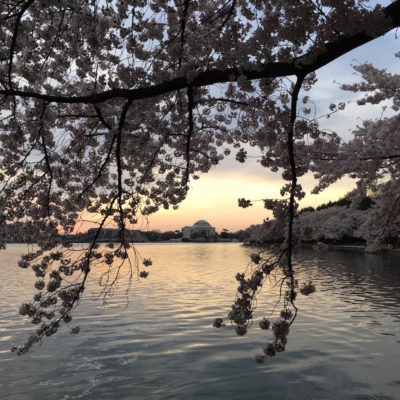
The National Park Service works hard to protect cherry trees around the Tidal Basin from the many visitors that come to see them during the Cherry Blossom Festival. It is against the law to pick blossoms from the trees, and climbing the trees or tugging on their branches can be extremely damaging. In the 1990s, a family of beavers killed multiple trees by gnawing on their trunks. Paddles the Beaver is now an official mascot who works to protect the trees by reminding visitors not to pick the blossoms or climb the trees. It always saddens me to see visitors damaging the trees from carelessness or to get the “perfect” photo, and I hope all adventurers who check out the blossoms will be more respectful so the trees continue to thrive for all of us to enjoy each year.
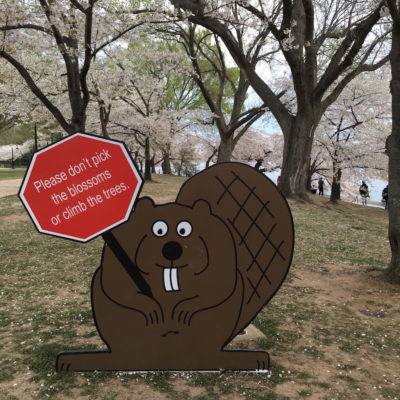
The full Tidal Basin loop is about two miles, so wear comfortable shoes if you plan to walk the whole thing. Adventurers can also check out the Cuban-American Friendship Urn while by the Jefferson Memorial. I recommend leaving bikes and large strollers at home during the Cherry Blossom Festival as it can be difficult to navigate the crowds even on foot. Cherry Blossom Festival season may be crowded, but it is one of the loveliest times to be in DC. Adventurers who are willing to be flexible on timing, practice patience, and get up early will be rewarded with white and pink clouds of blossoms and spectacular views around the Tidal Basin.
Like this adventure? Subscribe to the newsletter to get updates with the latest adventures on the blog, ideas for things to do in DC, and tips for exploring the District.
Address
1501 Maine Ave SW
Metro Station
- Smithsonian (OR, BL, SV)
Directions
The closest metro station is Smithsonian. Take the Independence Ave exit and walk about half a mile west on Independence until you reach the Tidal Basin. Alternately, take the Circulator bus National Mall route.
Accessibility
Traversing the Tidal Basin in a wheelchair can be challenging, but it is worthwhile for the absolutely incredible beauty of the area. Here are a few tips to make your roll more enjoyable: The paved walkways along the water are fairly well-maintained, but you will encounter uneven spots, roots, and low branches along the way. If you are traveling on the east side of the Tidal Basin after rainy weather, there is a large mud pit after the Ohio Drive SW bridge that is difficult to get around due to the trees by the path. The west side has several choices of paved paths to use, both at water’s edge or on higher ground, although after a rainy spell, the path along the water can be messy. The bridge on the west side has a sidewalk with cutouts, so it is easily negotiable.
Cost
Free
Hours
Varies
Length of Adventure
1-2 hours
Website
https://www.nps.gov/subjects/cherryblossom/index.htm
